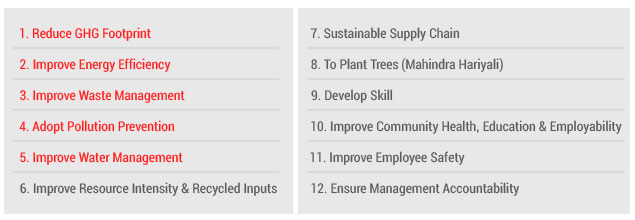Engaging with our stakeholders is key to our company vision and effort. While we aspire to be most admired and socially responsible organization, materiality is the prime means to achieve and monitor this aspect. It is important for us to understand the issues each of our stakeholders care about, and to communicate our challenges, initiatives and progress on all of them.
Engaging with our key stakeholders is important to SSMI and helps drive our sustainability vision. For our materiality analysis, we engaged
We engaged over 200 internal and external stakeholders through various mediums to conduct a materiality analysis that helped us identify issues most material in terms of importance and impact to. We were guided by several frameworks including the GRI, World Steel Association, Brown Flynn, Stratos, Sustainability, Accountability, Fronesys, IIRC, BSD etc. Depending on whether a specific stakeholder group strongly influenced, or was strongly influenced by, our environmental, social and economic performance, the groups were prioritized and engaged:
We worked based on a multi-phase iterative materiality testing methodology that includes a ranking and prioritization of potential material aspects, mapping on a risk-opportunity matrix, consultations and review. Over a span of two years and 4 phases, we narrowed down from an initial list of 68 to 12 material issues across the ecological, social, financial & human capital dimensions are as listed below.

We have piloted with eRevalue, a cloud-based analytics firm, to assess continuous and dynamic materiality scanning regulatory, reputational and stakeholder expectation issues globally and locally including peer activities in a sectoral and cross sectoral manner. In the future, we look forward to bringing in collaborative materiality analysis in the value chain by extending the current boundary. To further strengthen our value chain we are engaging our Tier I and Tier II suppliers to create awareness on Sustainability.